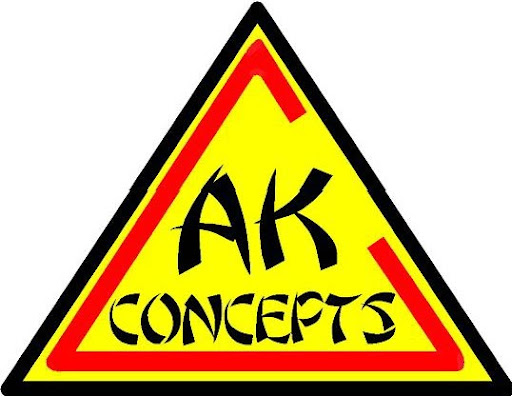Not sure when it began but I have heard people talk about it as far back as the 60’s. Watch the average kenpoist work his stuff and you hear and maybe even see quite a bit of slapping. Now, I’ve been backhanded as well as forehand slapped and have yet to be put on my butt let alone put in the hospital. So, what’s with all the slapping, on your body as well as your opponents? Well, let me tell you what I’ve heard first and then we’ll go into a few theories of mine. Anybody that knows American Kenpo will tell you that it’s predominately a hand system and that the hands move at a VERY high rate of speed. One of the ways kenpoists maintain and even increase their velocity when striking is to rebound their weapons off their own body. In the AKKI, this principle is called elastic recoil. For example, my strike goes out on a straight line, makes contact with the target, and after the desired penetration, the weapon rounds off and comes back. At this point, I’ve decided to hit another target with the same arm so instead of recovering my weapon to position, I maintain velocity, neutralize my weapon by relaxing my hand and opening it up, bounce it of my own body and launch a new weapon on the same/different trajectory to the same/different target. Below is a short clip of one method of Elastic Recoil. Here, I strike Carlos with a backfist to the liver, rebound off my own body and ridgehand to the throat (in this case, his upper chest).
Quick side note here, while training under an unnamed kenpo senior in the early 90’s, he always stressed travel being necessary in order to develop power. In other words, the more time and distance your weapon had to travel, the more power it had when it got to the target. Logically, this is true, but it is only one method available to ensure max power on contact. Increasing time and distance while striking isn’t normally the best course of action. (think John Wayne). On the other hand, striking using the elastic recoil principle still gives us that big chunk of travel but now it’s part of an ellipse with no stopping and re-starting. On the other side of the slap is a basic method called slap checking. Here, your open hand acts as a check to your opponent’s weapons or body. They are very momentary unlike positional or pressing checks hence the slapping sound created when applied.
So far we have a whole lot o’ slapping going on but nobody’s been hurt yet. Now here is where we get to the part that I feel has led to the “Slap Art” moniker. I’ve been in my fair share of dust ups and on one particular occasion, I tried a speed shot to the jaw of a young shirtless Scorpions fan in the RFK Stadium parking lot. He flinched at the last second and I clipped him in the temple. He was out but I fractured the metacarpal of my little finger in two places and I still had two more guys to fight. With that said, I’m not a big fan of punching people in the head but I am a big fan of dropping an open hand on a jaw, maxillary sinus, or temple. Note, a palm-heel to the jaw can offer VERY impressive results with no tweakage to the small bones of the hand. Unless your training partner is armored up though, hitting with power to the face does not usually encourage a second practice shot. What you end up seeing in many kenpo schools is using open hand shots to the body vice the head/face. This allows the weapons to build in the muscle memory of hitting uninterruptedly. Now before you beat me up for training to miss the target, it is only one method kenpoists use to train. When it comes to demos or show and tell though, it is the more visually impressive method of demonstrating the speed and power of American Kenpo. Please understand that there are many methods of training that will get you to the top of the pyramid. Working the body is one, as are pulling the strike before it hits the target, slow motion training with attitude and effect, and full power training on armored up partners. They all have their weaknesses and strengths and with that mindset, I incorporate all of them into our training paradigm. Actual training methods will be discussed in future blogs but for now let’s get back to slapping.
I watched a 235lb Black Belt drop to his back from a Paul Mills chest slap. I have been dropped to my knees and have dropped students to their knees with chest slaps. Now imagine taking that slap and raising it up 8-12 inches and striking a 12 lb.object on a flexible support. The last time I did it to someone was five years ago in a bar in Kansas City and it was the only strike I threw. Technically, it wasn’t quite a slap but it was an open hand to the jaw and it did enter on an arc. Last bit of FYI. Ed Parker's "slap" was affectionally known as "The Parker Paw". I've only seen pictures of the aftermath of a Parker Paw so take my impression with grain of salt but OMG (I have kids), it left one hell of a mark. Please, before you pick on our slapping, find a qualified instructor and stand in front of him as he or she touches you. It will leave a mark and I am very confident you will have a much greater appreciation of the power of the slap.
